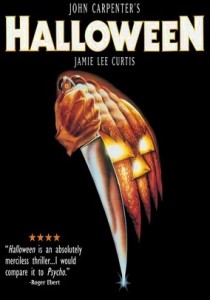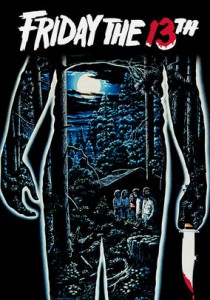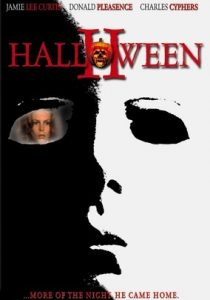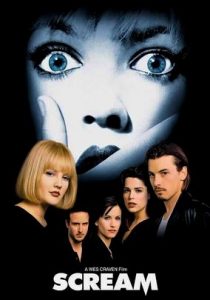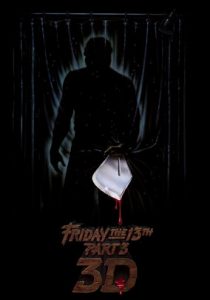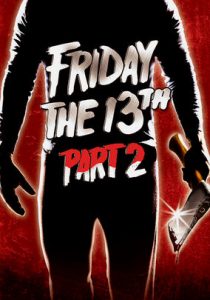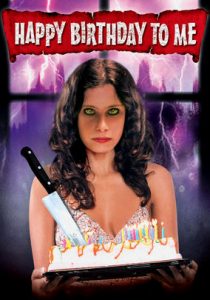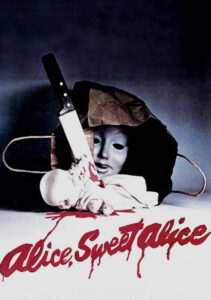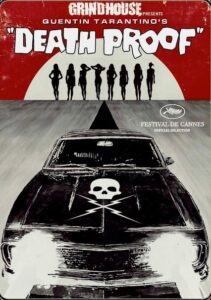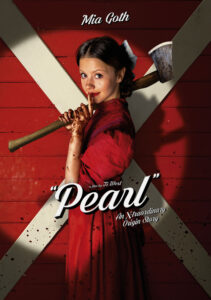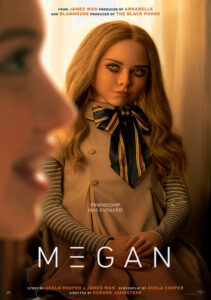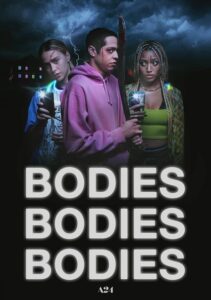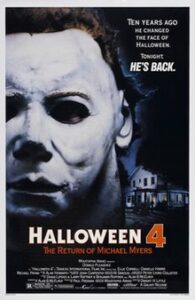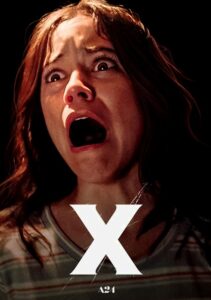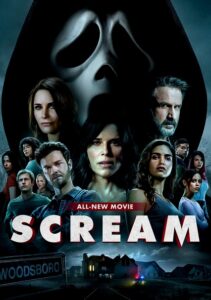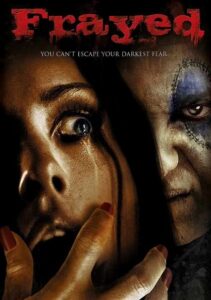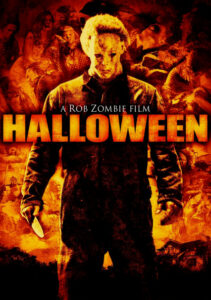I Know What You Did Last Summer-2025
Director Jennifer Kaytin Robinson
Starring Chase Sui Wonders, Jennifer Love Hewitt, Madelyn Cline
Scott’s Review #1,494
Reviewed October 3, 2025
Grade: B+
The 2025 I Know What You Did Last Summer offering is pure nostalgia for fans of mainstream 1990s horror flicks. Those who love film franchises like Scream (1996-present) and Final Destination (2000-present) will be pretty pleased.
I adored watching the film and traveling back to my youth, although I was startled by the revelation that the young cinema stars of the 1990s are now almost 50 years old.
I only knew that Jennifer Love-Hewitt was returning by way of coming attraction trailers. Still, I had no idea that Freddie Prinze Jr. and Sarah Michelle Gellar were also returning, which added to my viewing pleasure.
It felt like catching up with old friends you haven’t seen in nearly thirty years.
While not a sequel to the 1997 original, it feels fresh with its clever ideas, twists and turns, and whodunit sensibilities, adding a refreshing dose of feminism that is timely.
This can undoubtedly be due in large part to being directed by Jennifer Kaytin Robinson, a female director who also co-wrote the screenplay.
Just like in 1997, when five friends inadvertently cause a deadly car accident, they cover up their involvement and make a pact to keep it a secret rather than face the consequences.
A year later, their past comes back to haunt them when one of the friends receives a threatening note, and they realize that someone knows what they did last summer.
As one by one the friends are stalked by a killer, they discover this has happened before, and they turn to two survivors of the legendary Southport Massacre of 1997 for help.
The most fun is the whodunit factor and trying to figure out who is the one donning a fisherman’s cloak and brandishing a hook to slice and dice their victims to ribbons.
Or does Robinson borrow a gimmick from the Scream films and make it two killers?
Of course, the victim of the original summer tragedy shares a link with the killers, and plenty of red herrings are in store, adding to the enjoyment.
The rulebook is slightly bent to allow for even more female empowerment than the original, wisely bringing Love-Hewitt’s Julie James back into the fold.
Now older, wiser, and tougher, and a college professor, she serves as a coach and mentor to Ava Brucks (Chase Sui Wonders), the leader of the new group of friends.
In a cool bit of inclusion, the character of Ava is bisexual, having a passionate bathroom encounter with a rocker chick while also having an ex-boyfriend, Milo (Jonah Hauer-King).
It’s also revealed that Julie and Ray Bronson (played by Prinze Jr.) were once married and have a tumultuous past. This is appealing to viewers familiar with the duo from the original film.
Putting the soap opera trimmings aside, the main highlight of I Know What You Did Last Summer is the accident during the first summer, the chase scenes, and the kill scenes, and the film wisely provides many of these.
When Teddy (Tyriq Withers) and Danica (Madelyn Cline) go to a dark graveyard to snoop for information, it doesn’t bode well for either when the fisherman lurks nearby.
These straightforward yet compelling sequences blend seamlessly with the finale aboard a yacht and later in a bar. The twists and turns, as well as the killer reveal, are well-written and character-themed, building on history and making sense.
I Know What You Did Last Summer (2025) successfully takes a stroll down memory lane while providing jumps, scares, and even a few laughs along the way.


